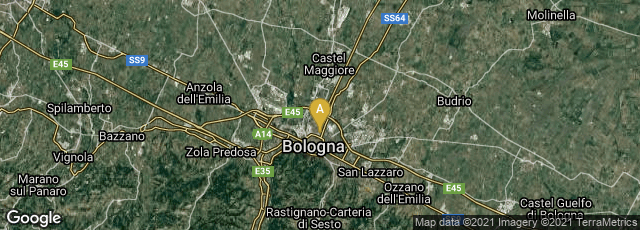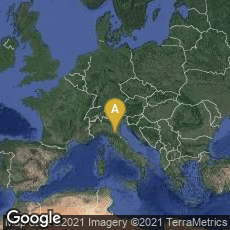

A: Bologna, Emilia-Romagna, Italy
Between 1304 and 1309 Bolognese jurist Pietro Crescenzi (Petrus de Crescentius, Petrus de Crescentiis) wrote Ruralia commoda. Derived in part from the writings of Romans Columella, Cato the Elder, and Varro, this was one of the most widely read medieval works on agriculture, animal husbandry, and horticulture, and it continued to be widely read throughout the 15th and 16th centuries, resulting in numerous printed editions, many illustrated. The text was divided into twelve sections:
1. The best location and arrangement of a manor, villa or farm
2. The botanical background needed to raise different crops
3. Building a granary and cultivation of cereal, forage and food
4. On vines and wine-making
5 & 6. Arboriculture and horticulture, including 185 plants useful for medicine and nourishment
7. Meadows and woods
8. Gardens
9. Animal husbandry and bee-keeping
10. Hawking and hunting
11. General summary of the book
12. Calendar of duties and tasks, month by month
Ruralia commoda was first printed in an unillustrated edition in Augsburg by Johann Schüssler in 1471. In February 2014 a digital facsimile was available from the Bayerische Staatsbibliothek at this link. ISTC no. ic00965000. Thirteen editions were printed in the 15th century: six in Latin, three in Italian and two each in French and German. Various were illustrated with woodcuts.